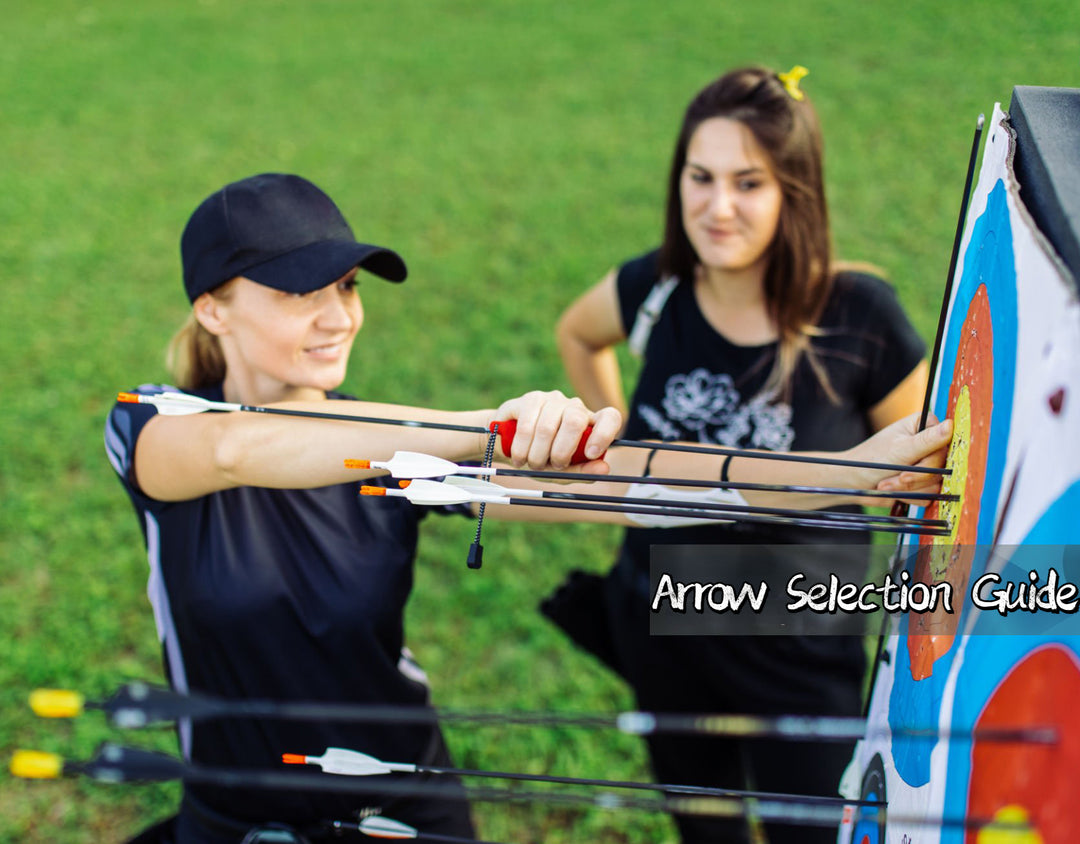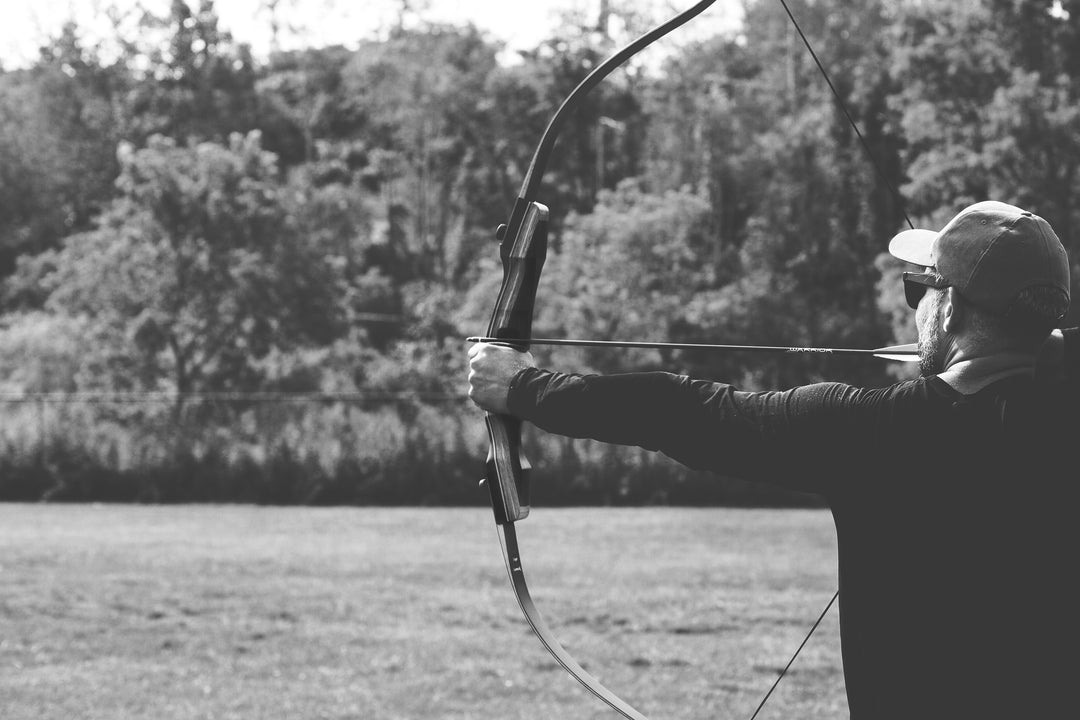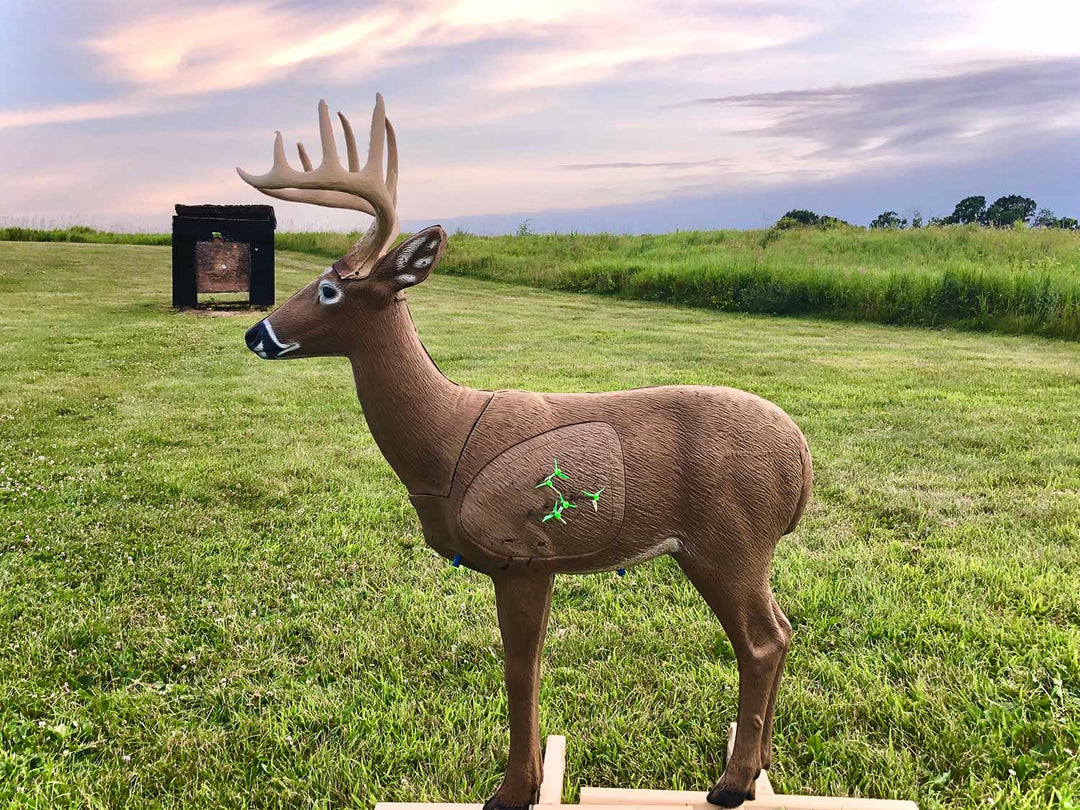HOW TO CUT ARROWS ? AMEYXGS Archery
SAFETY FIRST: PRECAUTIONS BEFORE CUTTING
When cutting carbon arrows, you want to prioritize safety. Just as you wouldn't neglect the bowstring or arrowhead, you shouldn't neglect the environment in which you're working. Taking precautions can prevent accidents and ensure a successful cutting process. Here's what you need to keep in mind:
- Always wear protective eyewear to shield your eyes from any carbon shards or dust. Gloves will not only keep your hands safe from potential cuts but also prevent any unwanted reactions with the carbon dust.
- Carbon dust can be harmful if inhaled. Work in an area with good airflow or outdoors to minimize the risk. This will help disperse any airborne particles, reducing the likelihood of inhalation.
- Before starting, clear your workspace of any unnecessary items. A tidy area minimizes the chances of accidental cuts, trips, or other mishaps. Additionally, it makes it easier to focus on the task at hand and ensure precise cuts.
HOW TO DETERMINE THE CORRECT LENGTH FOR YOUR CARBON ARROWS
Finding the right arrow length is crucial for optimal archery performance. An arrow that's too short or too long can affect your accuracy and the overall shooting experience. Here's a straightforward guide to determining the correct length for your carbon arrows:
To measure your draw length, stand with your arms extended out to your sides, forming a "T" shape. Measure the distance from the tip of one middle finger to the other, then divide this number by 2.5. The result is your approximate draw length.
Pro Tip:It's always wise to add an extra inch or two to your determined draw length. This additional length offers a margin of safety, ensuring your arrow doesn't come up too short during a full draw. Plus, the extra length allows for finer tuning adjustments, should you wish to make any.
The type of bow you use can influence your arrow length choice.
- Recurve Bows: For recurve users, it's generally best to add one to three inches to your draw length. This ensures the arrow clears the bow safely, especially if you're using an arrow rest.
- Compound Bows: Compound bows are more forgiving. Usually, adding just an inch to your draw length will suffice, but consult the bow's manufacturer or a trusted coach for specific recommendations.
MARKING AND PREPARING THE ARROW FOR CUTTING
Once you've determined the correct length for your carbon arrow, the next step is to mark and prepare it for the cutting process. Proper preparation ensures a clean cut and accurate results.
- Using Tape to Mark the Desired Cut Location: Instead of marking directly on the arrow, which can sometimes lead to permanent marks or scratches, use a small piece of tape. Place the tape around the shaft where you want to make the cut. Then, using a pen or fine marker, draw a clear line on the tape. This ensures visibility and reduces the risk of any errors during cutting.
- Aligning the Arrow Shaft Properly with the Cutting Tool:Before you begin the cut, it's essential to ensure the arrow shaft is straight and aligned with your cutting tool. Secure the arrow in a stable position, making sure it's level. When using a cutting tool, like an arrow saw, the blade should be perpendicular to the arrow for a straight cut. Check the alignment from multiple angles before starting to ensure accuracy.
By following these steps, your arrow will be set up correctly, making the cutting process smoother and more precise.
FAQS
Q: CAN I CUT CARBON ARROWS WITH REGULAR SAWS OR SCISSORS?
A: Cutting carbon arrows requires precision and the right tools to ensure the integrity of the arrow isn't compromised. Regular saws might not provide the clean cut needed, potentially leading to splintering or fraying. Scissors are not suitable at all for cutting carbon arrows, as they cannot provide a straight or clean enough cut, and using them might cause damage to the arrow. The best approach is to use tools specifically designed for cutting carbon arrows, such as an arrow saw, rotary cutter, Dremel, or pipe cutter.
Q: HOW OFTEN SHOULD I INSPECT MY ARROWS FOR DAMAGE?
A: You should inspect your arrows before and after each shooting session. Regular inspections help in identifying any cracks, splinters, or deformities that might affect the arrow's performance or safety. If you ever hit a hard object or hear an unusual sound upon release, inspect the arrow immediately. Regular checks ensure that you're always using arrows in top condition, optimizing both safety and performance.
Q: ARE THERE ANY RISKS IN SHOOTING A DAMAGED CARBON ARROW?
A: Yes, shooting a damaged carbon arrow poses significant risks. A compromised arrow can shatter upon release, potentially causing injury to the archer or others nearby. Moreover, a damaged arrow's flight can be unpredictable, leading to accuracy issues and the potential for unintended damage or injury. If you identify any damage or suspect an arrow might be compromised, it's best to retire it from use immediately. Safety should always be the top priority in archery.
CUT YOUR CARBON ARROWS WITH QUALITY ABRASIVES
Archery is a sport of precision and detail. The right equipment, properly maintained and adjusted, can make all the difference in your performance. This in-depth guide provides insights into one of the most important aspects for archers: the perfect arrow length.
Cutting carbon arrows requires care, precision, and the right tools.The cutting machines and accessories you need to achieve good results. If you have questions or want to place an order, please email ameyxgs@gmail.com or order now .
Recommended four commonly used arrow cutting tools
1.Multifunctional arrow cutter

How to use video
2.mini electric arrow cutter

3.mini manual arrow cutter


4.Advanced arrow interceptor DGN-2









Hinterlassen Sie einen Kommentar